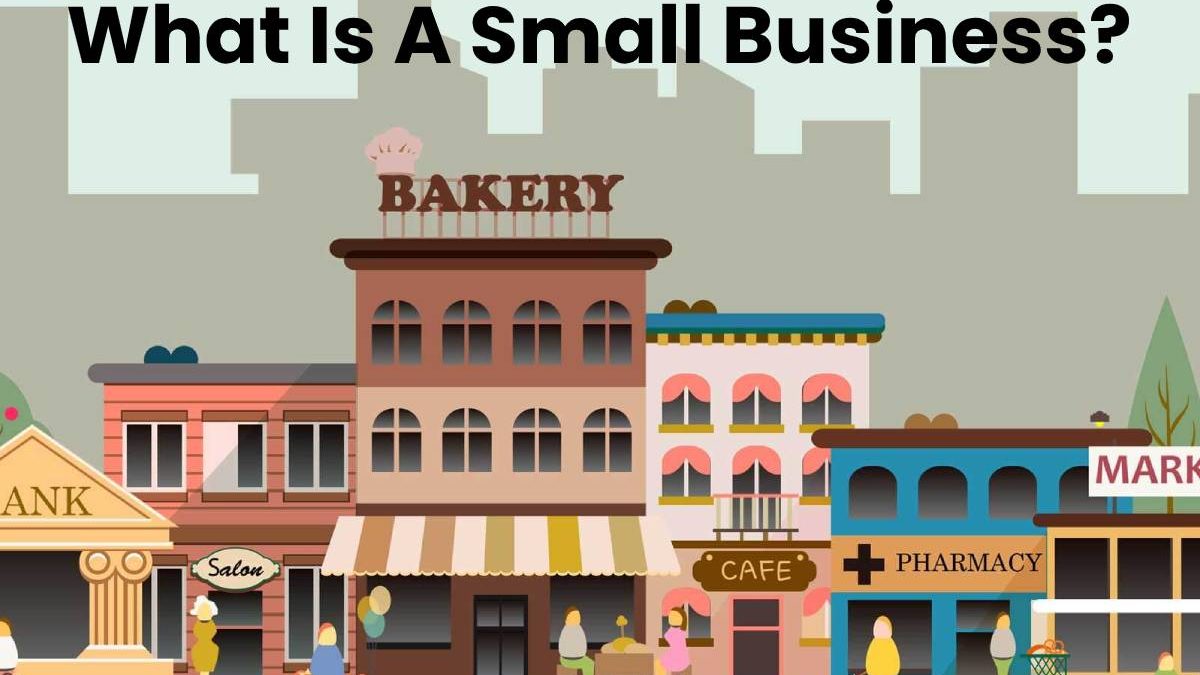A small business is a private corporation or partnership; I have started my small business from home. It helps our family and us to support financial and low investments. The company begins slowly and runs long term, and grows day by day; the main factor is time and new products that come into the market.
Table of Contents
Types of Small Business
- Ownership: They have a single owner. So it is also identified as a sole proprietorship.
- Management: All the management works are skillful by the owner.
- Limited Reach: They have e restricted area of operation. So they may be a local shop or an industry located in a single place.
- Labor Intensive: Their dependence on technology is tiny because they depend on labor and the workforce.
- Flexibility: Because they remain small, they are open and flexible to sudden changes, unlike large businesses.
- Resources: They utilize local and immediately obtainable resources. They do better use natural resources and limit wastage.
Nature of Small Business

The nature of small businesses container is classified as follows:
1. Business of Budget
A sole owner or a small group of people operates small businesses. These businesses often run on a business of budget, meaning that small companies function on a very tight budget.
2. Labour intensive
Small businesses are primarily labor-intensive. The various types of small companies largely rely on labor for their functioning. The primary nature of small businesses is additional involvement in physical work rather than intelligent work. The absence of machinery makes the employees manage their operations manually.
3. Community-based
Small businesses are happening to satisfy the needs and demands of a local area or community. These businesses demographically target a few areas of concentration and are hence community-based.
4. Indigenous technology
Due to small businesses being community-focused and labor-oriented, they often succeed in native process methods. In India, many businesses in rural areas still use outdated technology. It might give individuality to the products but hinders the company’s development.
We can use various limits to control a business’s size. So when we want to see whether it is a small or medium-sized business, we container use the following parameters.
- Number of employees working in the stable or organization
- The amount of capital that remains financed in the business
- The output the business makes. It can be in terms of volume (amount) or periods of value (income)
- Power consumed by the company for its manufacturing activities can also be a parameter
What remain the advantages of working as a small business?

The primary advantage of getting a “small business” designation from financial assistance and being awarded contracts from government activities.
To be awarded a contract from the state government, you must list your small business with the System. A file through which the government tracks justice in distributing contracts between US businesses of varying sizes.
Minor business status may also reduce your company’s eligibility for certain federally backed advances. SBA loans typically enjoy lower charges and longer terms than conservative lenders. It may also be more excellent for your small business to succeed for such a loan than one provided by a big, secluded bank. Small businesses can also admission other kinds of loans, such as Shopify Capital which grants vendors cash advances based on previous sales.
Conclusion
While the extent of firms that fall under the meaning of “small business” is extensive, it is not an avoidance classification. Small businesses must meet specific requirements to qualify as such.
Also Read: Where to buy cryptocurrencies?

